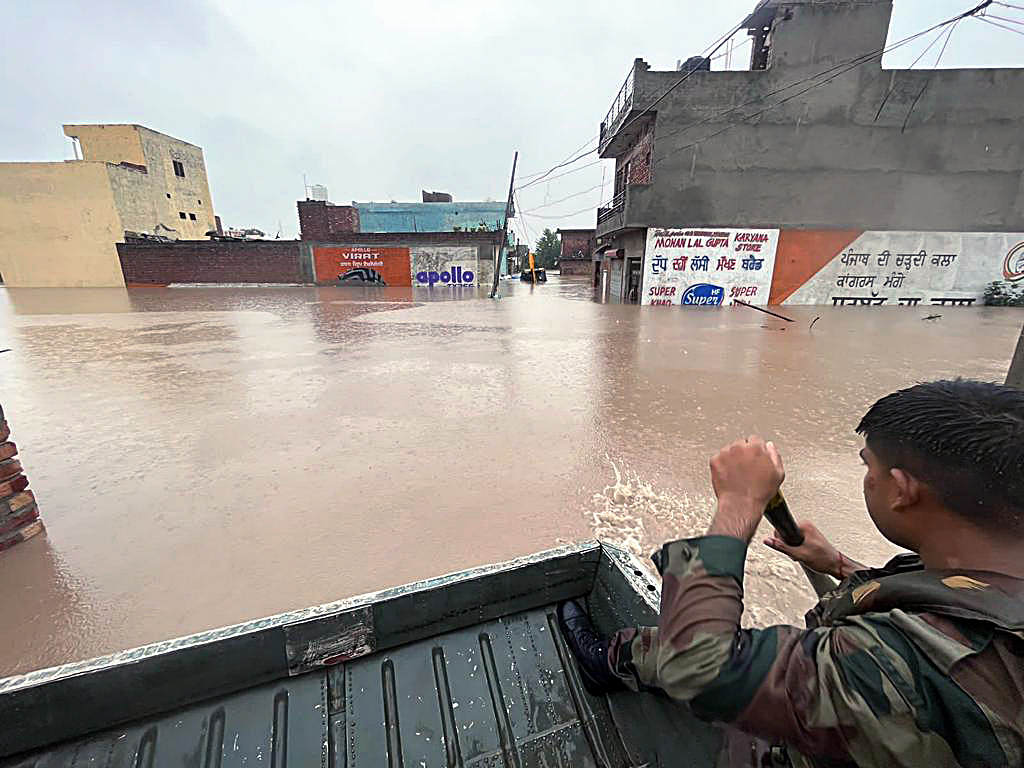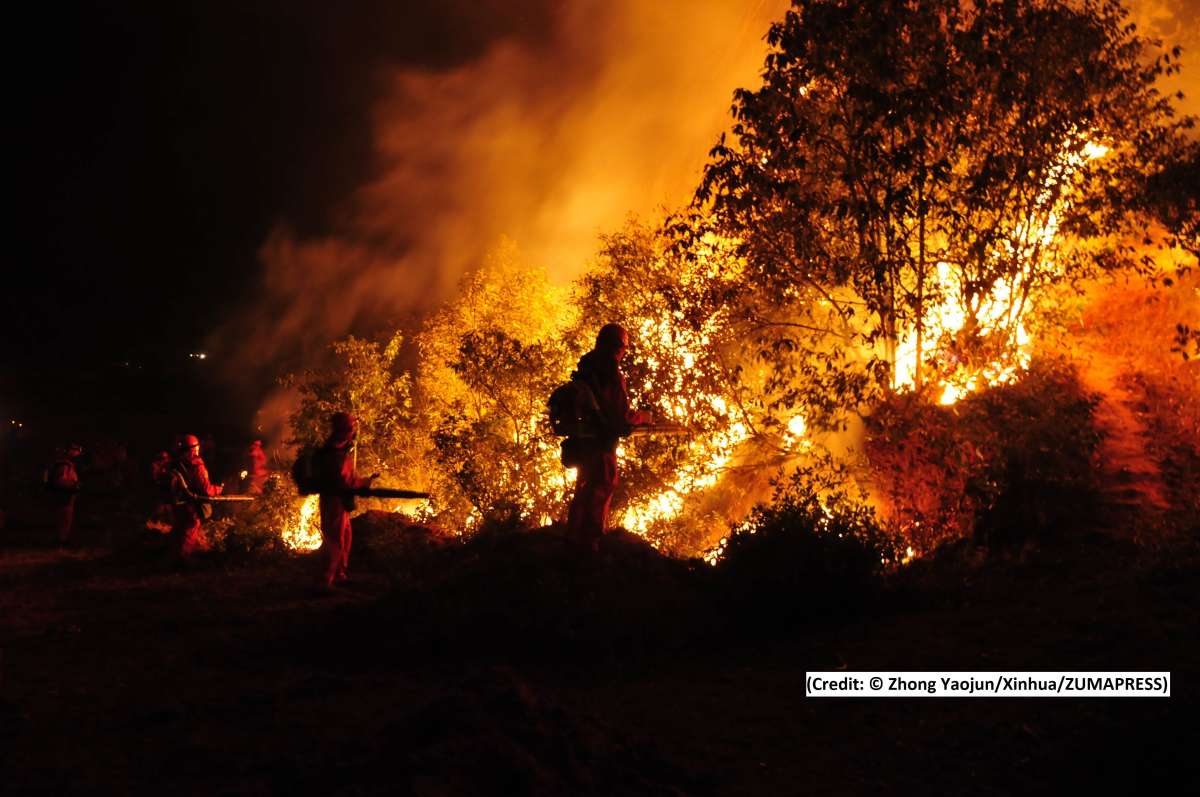Heat, wildfires, floods make summer of 2023 ‘a summer of extremes’
The summer of 2023 is “a summer of extremes” due to the scorching heat, wildfires and floods that have resulted in major damage to people’s health and the environment, the World Meteorological Organisation (WMO) said.
Clare Nullis, spokesperson for the WMO, said at a press briefing here on Friday that dangerous weather, including intense heat and devastating rainfall, has impacted large parts of the world in this “summer of extremes”, reports Xinhua news agency
She said many new station temperature records around the world were broken in July, and the start of August also saw a winter heat wave in parts of South America.
In a series of updates on extreme weather, WMO said earlier this week that many countries like France, Greece, Italy, Spain, Algeria and Tunisia all reported new maximum daytime and overnight station temperature records.
Large parts of the US have also been gripped by extensive heat waves.

“We need to broaden focus beyond maximum temperatures because the minimum temperature is most important for health and critical infrastructure,” said WMO extreme heat senior advisor John Nairn.
WMO pointed out that heatwaves are among the deadliest natural hazards with thousands of people dying from heat-related causes each year, while the full impact of a heatwave is often not known until weeks or months afterwards.
According to WMO, sea surface temperatures of the Mediterranean are set to be exceptionally high in the coming days and weeks, exceeding 30 degrees Celsius in some parts, and more than 4 degrees Celsius above average in a large part of the western Mediterranean.
WMO believes that the impacts of marine heatwaves include migration of species and extinctions, arrival of invasive species with consequences for fisheries and aquaculture.

Speaking at Friday’s press briefing, the WMO spokesperson also said that Canada is experiencing its worst wildfire season on record.
In Canada, record-breaking wildfires continue to burn big forest areas.
More than 650 wildfires were out of control as of July 24.
And earlier this week WMO said wildfires had forced evacuation of hundreds of residents and tourists on the Greek islands of Rhodes, Evia and Corfu since July 17.
The emissions of these wildfires have reached record levels.
Heavy rains and flooding also caused severe damage and loss of life in parts of the world.

“As the planet warms, the expectation is that we will see more and more intense, more frequent, more severe rainfall events, leading also to more severe flooding,” said Stefan Uhlenbrook, director of hydrology, water and cryosphere at WMO.
WMO Secretary-General Petteri Taalas noted that “the extreme weather — an increasingly frequent occurrence in our warming climate — is having a major impact on human health, ecosystems, economies, agriculture, energy and water supplies”.
“This underlines the increasing urgency of cutting greenhouse gas emissions as quickly and as deeply as possible,” said Taalas.
ALSO READ: Canada wildfire carbon emissions exceed 1 bn tonnes


